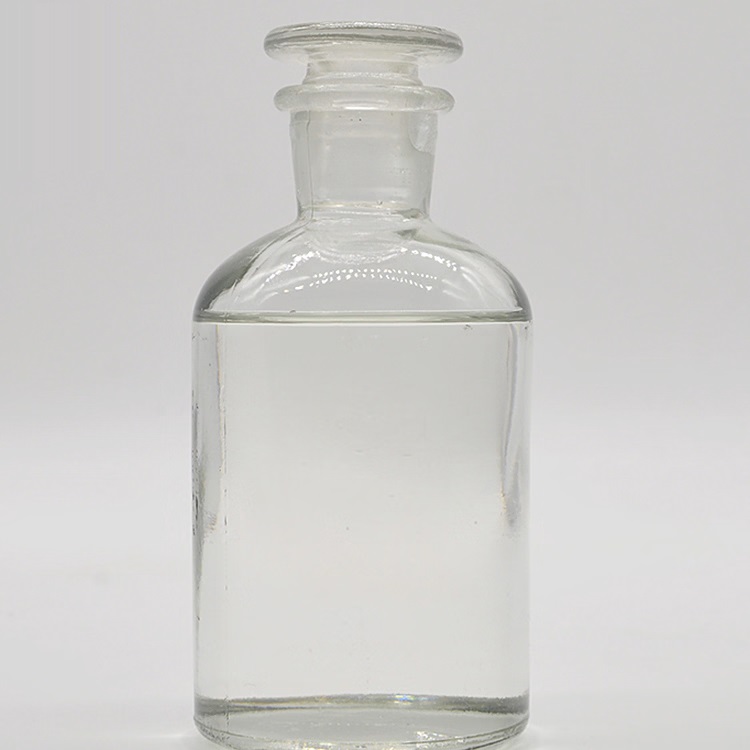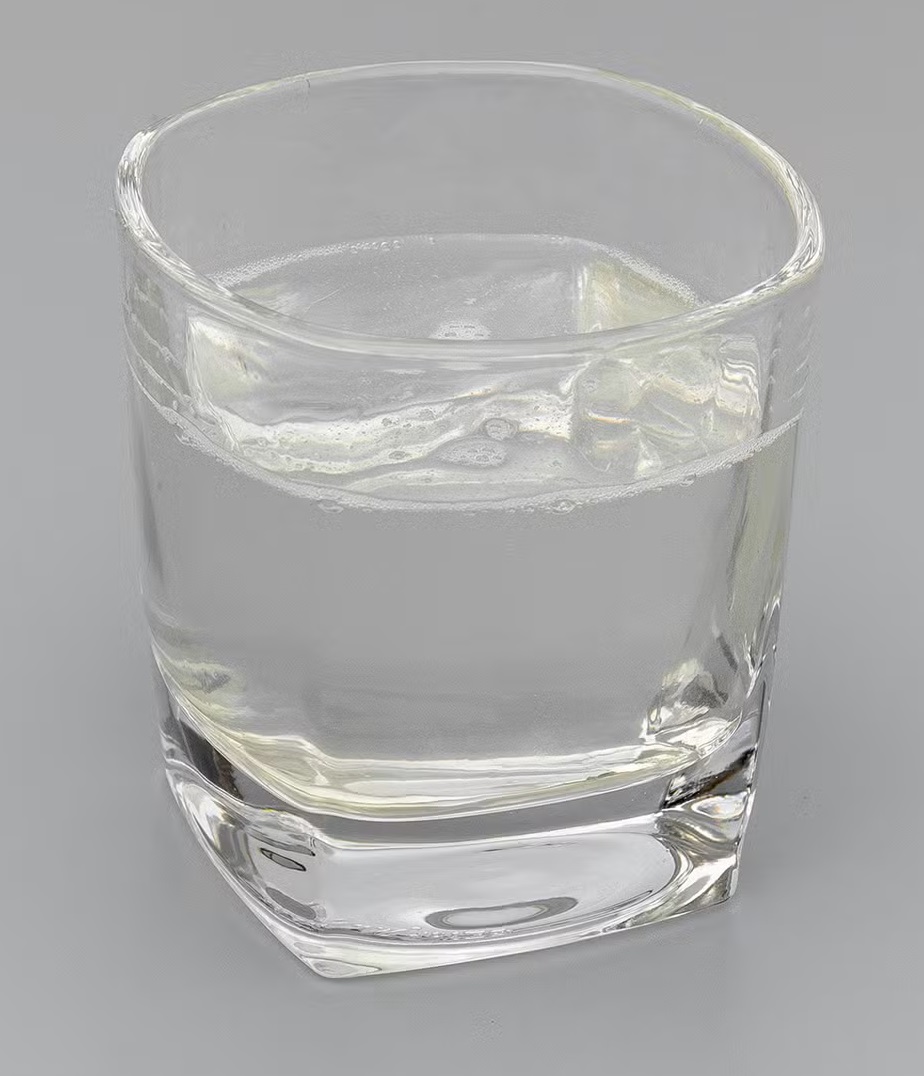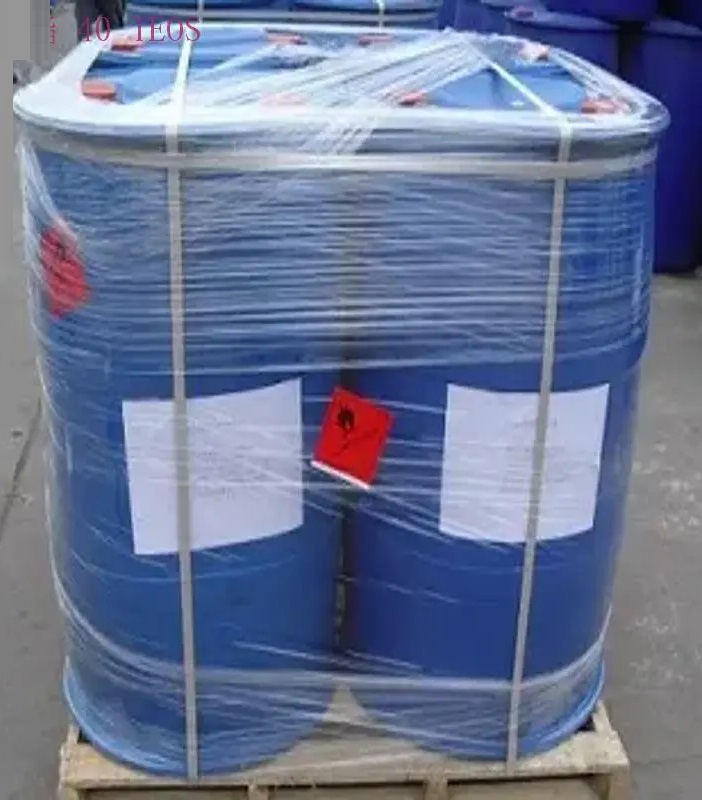We unleash your business potential by maximize the business innovation.
Send EmailTetraethyl Orthosilicate, Tetraethoxy Silane, Ethyl Silicate, Silicon Ethoxide, TEOS, 78-10-4
⚙️ Technical Specifications
| Property | Value |
|---|---|
| CAS No | 78-10-4 |
| Chemical Formula | Si(OC₂H₅)₄ |
| Molecular Weight | 208.33 g/mol |
| Density | 0.933 g/mL (at 20 °C) |
| Boiling Point | 168 °C |
| Flash Point | 45 °C |
| Hydrolysis | Reacts with water to form SiO₂ and ethanol |
| Appearance | Colorless liquid with sharp odor |
| Solubility | Soluble in ethanol and isopropanol; reacts with water |
🏭 Manufacturing
-
Chemical Synthesis: TEOS is typically produced via alcoholysis of silicon tetrachloride:
SiCl₄ + 4 EtOH → Si(OC₂H₅)₄ + 4 HClThis reaction yields tetraethyl orthosilicate and hydrogen chloride. -
Industrial Producers: Global manufacturers include Evonik, Sigma-Aldrich, Wacker, and Momentive, offering both technical and electronic grades.
-
Available Forms: Liquid form with 98–99% purity, typically packaged in metal-lined IBCs or HDPE drums.
🔄 Alternatives
| Alternative | Description | Application Area |
|---|---|---|
| TMOS (Tetramethyl Orthosilicate) | More volatile, faster hydrolysis | Sol-gel processes, thin film coatings |
| Sodium Silicate | Aqueous solution, cost-effective | Casting binders, waterproofing |
| Ethyl Silicate 40 | Polymerized version of TEOS | Ceramic binders, anti-corrosion coatings |
| Silicic Acid Esters | Specialized formulations | Zeolite synthesis, optical glass |
🧪 Application Areas
-
Semiconductor Industry: Used in SiO₂ thin film deposition and insulation layers
-
Sol-Gel Processes: Precursor for monodisperse silica particles (Stöber method)
-
Ceramic Mold Binders: Silica-based binders for casting applications
-
Coating Technologies: Water and oxygen barrier coatings for carpet, glass, metal, and wood
-
Aerogel Production: Lightweight, porous silica structures via supercritical drying
-
Zeolite Synthesis: Silica source for catalyst carriers and adsorbents
-
Passivation Coatings: High-temperature and humidity-resistant metal surface protection
🧪 Detailed Usage Breakdown
1. Sol-Gel Applications
-
Purpose: Production of SiO₂-based films, coatings, and particles
-
Method: Controlled hydrolysis and condensation reactions
-
Use Cases:
-
Anti-reflective and UV barrier coatings
-
Hydrophobic and oleophobic surfaces
-
Monodisperse silica particles (Stöber method)
-
2. Semiconductor Industry
-
Purpose: SiO₂ layer formation
-
Method: CVD or spin-coating followed by thermal curing
-
Use Cases:
-
Microchip insulation layers
-
Dielectric coatings
-
MEMS device fabrication
-
3. Stone Consolidation & Restoration
-
Purpose: Strengthening porous stones and waterproofing
-
Method: TEOS hydrolyzes on stone surfaces, forming SiO₂ to fill microcracks
-
Use Cases:
-
Historic building restoration
-
Marble, travertine, sandstone treatment
-
4. Zeolite & Catalyst Synthesis
-
Purpose: Silica precursor
-
Method: Hydrothermal synthesis with aluminum sources
-
Use Cases:
-
Petroleum refining catalysts
-
Adsorbent production
-
5. Coatings & Resin Systems
-
Purpose: Crosslinker and water barrier
-
Method: Used with organosilicon resins to strengthen polymer networks
-
Use Cases:
-
Carpet and textile coatings
-
Wood and metal surface protectants
-
Heat-resistant paint systems
-
6. Aerogel Production
-
Purpose: Ultra-light, porous SiO₂ structures
-
Method: Sol-gel followed by supercritical drying
-
Use Cases:
-
Thermal insulation
-
Acoustic barriers
-
Aerospace materials
-
🧾 Alternate Names
| Name / Alias | Description |
|---|---|
| Tetraethyl Orthosilicate | Most common and complete chemical name |
| Tetraethoxysilane | IUPAC-compliant alternative |
| Ethyl Silicate | Frequently used in commercial documents |
| Silicon Tetraethoxide | Used in organosilicon classifications |
| Si(OC₂H₅)₄ | Molecular formula |
| TEOS | Abbreviation – widely used in ERP systems |
| Silicic Acid, Tetraethyl Ester | Alternative chemical classification |
| Silicon Ethoxide | Found in some supplier catalogs |


